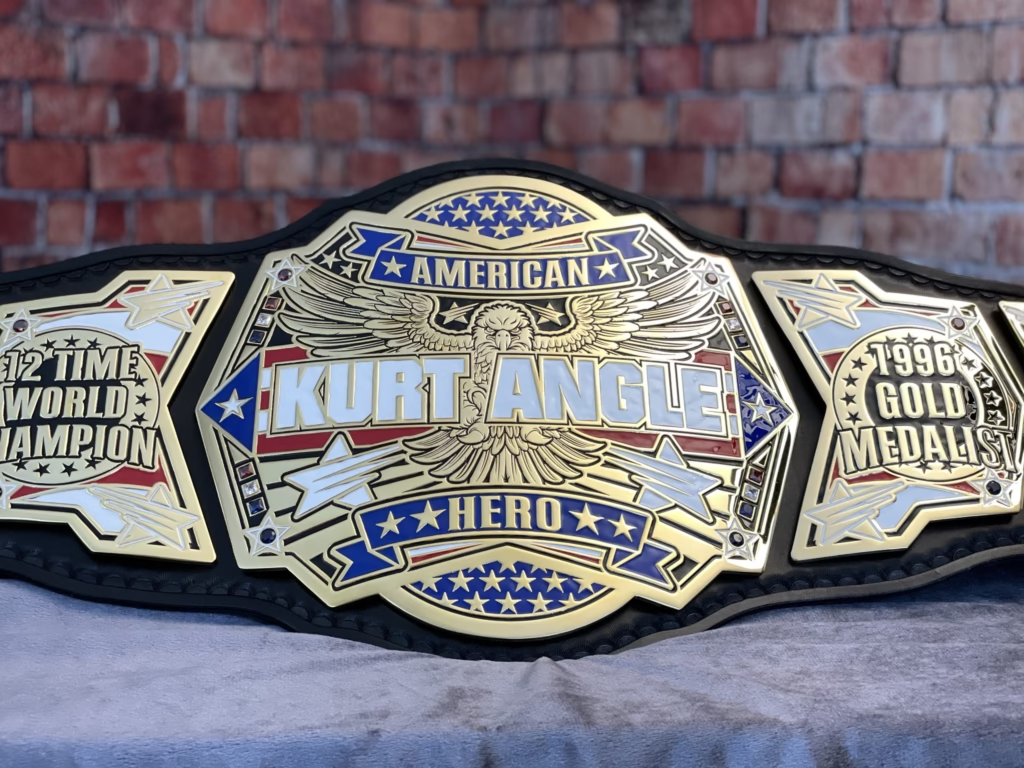If your deck basks in full sunlight day after day, you’ve probably noticed the toll it takes,faded color, dry and cracked boards, and worn-out finishes. The harsh UV rays and constant heat can quickly deteriorate even the toughest outdoor wood. That’s why choosing the best deck stain for full sun is more than just a design decision,it’s a smart investment in your home’s longevity. With the right outdoor wood sealer or a premium log home stain, you can shield your deck from sun damage while enhancing its natural beauty. In this guide, we’ll walk you through everything you need to know to make an informed choice from stain types and application tips to top-rated products built for sunny climates.
Why Deck Stains Matter in Full Sun Exposure
Decks exposed to full sunlight experience extreme UV radiation, moisture evaporation, and higher surface temperatures. These factors degrade wood, fade colors, and cause cracking over time. That’s why selecting the best deck stain for full sun isn’t just about aesthetics, it’s about long-term protection.
Sunlight dries out untreated wood, causing splintering and shrinking. Without a proper outdoor wood sealer or quality stain, you risk costly repairs, frequent reapplication, and premature wood aging.
Key Factors to Consider Before Choosing a Stain
Before jumping into brands and finishes, let’s explore what really matters when selecting a stain for sun-drenched decks.
Climate and Weather Conditions
If you live in an area with intense sunlight, hot summers, or high UV levels (like Arizona or Southern California), you’ll need UV-resistant and heat-stable stains. In humid zones, moisture-resistant formulas are essential.
Wood Type and Age
Hardwoods like ipe or cedar have natural resistance to UV damage, but even they need help under relentless sun. Older wood may need more penetrating formulas, while newer decks could benefit from flexible film-forming stains.
Existing Coating or Paint
Is your deck already sealed or painted? If so, you’ll need to strip or sand it before applying a new stain. Some products are compatible only with bare wood.
Types of Deck Stains Available
Transparent Stains
These stains offer minimal pigment and let the natural wood grain show through. They’re great for aesthetics but provide the least UV protection.
Semi-Transparent Stains
A good middle-ground for beauty and protection. These let the grain show while offering substantial resistance to UV rays.
Solid or Opaque Stains
These are essentially like paint, hiding the grain but providing the strongest UV protection—perfect for decks in relentless sunlight.
Understanding Outdoor Wood Sealer vs. Deck Stain
An outdoor wood sealer penetrates wood and repels water but may not contain pigments for UV protection. A deck stain typically does both: adds color and seals the wood. For full sun decks, look for hybrid products that combine the benefits of both.
Application Tips for Best Results
Preparation and Cleaning
- Power wash or scrub surface to remove debris.
- Let the wood dry for 24–48 hours.
- Sand rough spots.
Weather and Timing
- Apply stain on a dry, mild day (50–90°F).
- Avoid staining in direct sunlight to prevent premature drying.
Tools You’ll Need
- Quality brush or pad
- Roller for large flat areas
- Drop cloths and painter’s tape
Benefits of Using Log Home Stain in Full Sun
Log home stain may sound niche, but it’s designed to endure extreme outdoor elements, making it a powerful solution for full-sun decks.
Benefits include:
- Superior UV and water resistance
- Deep wood penetration
- Long-lasting color retention
- Mold and mildew protection
Log home stain is especially ideal if your deck is made of pine, cedar, or another softwood.
Maintenance Tips for Longevity
- Inspect annually for wear or graying.
- Reapply stain every 2–3 years (or as needed).
- Sweep and clean regularly to prevent dirt buildup.
Common Mistakes to Avoid
- Applying in direct sunlight
- Not prepping wood properly
- Using incompatible stain over previous coating
- Ignoring manufacturer instructions
Comparing Cost vs. Performance
| Product | Price Range | Coverage (sq ft/gal) | UV Resistance | Longevity |
| DEFY Extreme | $$ | 100–150 | High | 2–3 years |
| Ready Seal 512 | $$$ | 125–150 | High | 3–4 years |
| Thompson’s | $ | 100 | Moderate | 1–2 years |
| Cabot Oil | $$$ | 100–120 | High | 2–3 years |
| Olympic Stain | $$ | 150 | High | 3 years |
Environmental and Safety Considerations
- Choose low-VOC or water-based formulas for better indoor air quality.
- Dispose of rags safely—oil-based products can spontaneously combust.
- Use gloves and goggles during application.
Frequently Asked Questions (FAQs)
1. Can I use a log home stain on a regular backyard deck?
Yes, log home stain is durable and ideal for full sun decks made from softwood like pine or cedar.
2. How long should I wait before walking on my stained deck?
Typically 24–48 hours. Always check product-specific instructions.
3. Can I apply stain over an old layer?
Only if it’s the same type. Otherwise, remove the previous layer completely.
4. How often should I restain my deck in full sun?
Every 2–3 years depending on product used and exposure level.
5. Is it better to spray or brush on the stain?
Brushing ensures deeper penetration, but spraying works well for large areas if back-brushed.
6. What’s the best month to stain a deck?
Late spring or early fall,mild temperatures and low humidity offer ideal conditions.
Conclusion
Choosing the best deck stain for full sun is essential to prolonging the life and beauty of your outdoor space. With options like Hemp Shield Deck Sealer and smart application practices, your deck can withstand the harshest UV rays. Always factor in wood type, stain transparency, and long-term maintenance when selecting your product. For ultimate results, consider a high-performance outdoor wood sealer or log home stain that provides unmatched protection in sun-drenched environments.






